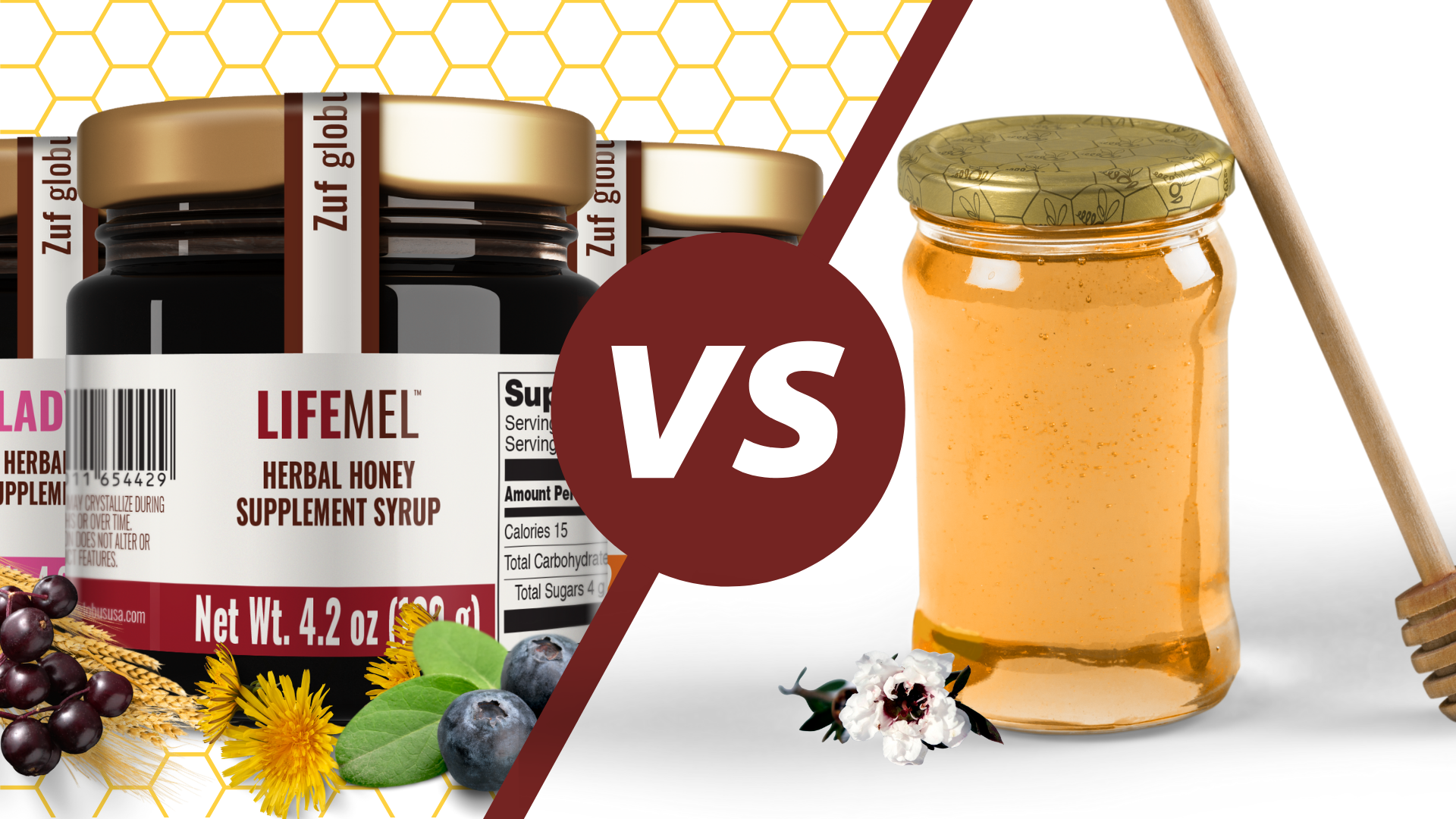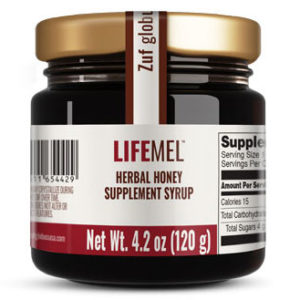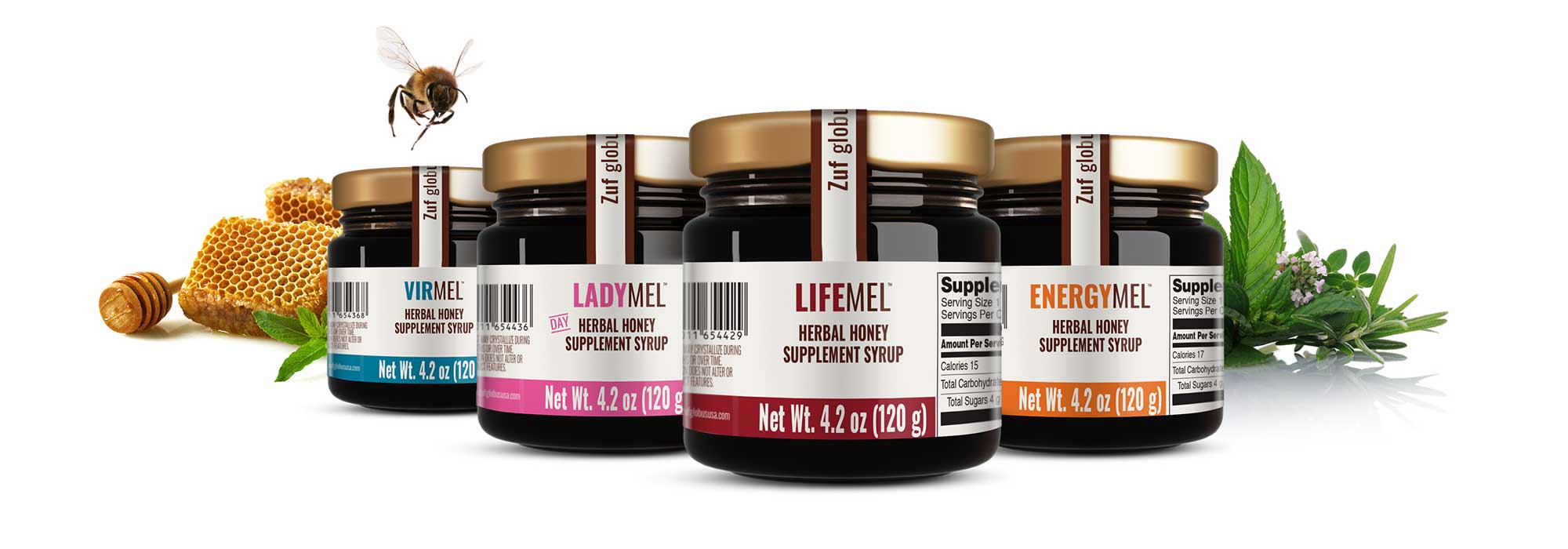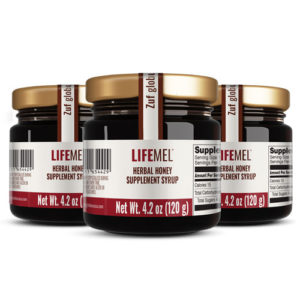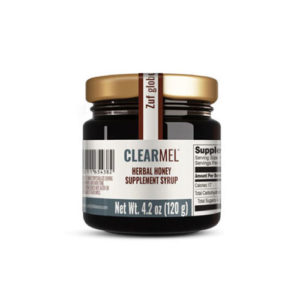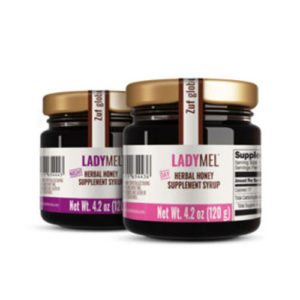Our bees work hard for your wellbeing. So do the bees that produce manuka honey. How do these two very different, and very beneficial, honeys differ? The honeys have different benefits, in great part because the bees have very different diets.
Manuka honey is most prized for its topical antibacterial, antiviral and anti-inflammatory properties. Manuka honey is produced by bees who feast on the nectar and pollen of the flowering Leptospermum tree, commonly called the manuka tree. The trees bloom just a few weeks a year, primarily in remote parts of New Zealand. Producers release their bees in the vicinity of the trees and then collect their honey.
Each MEL honey supplement targets a specific health benefit when ingested. There are nine benefit categories ranging from immune and digestive support to respiratory and balance and serenity. Simply stated, our product line can do more than manuka honey.
MEL honey supplements are produced by bees that are fed carefully researched extracts from a variety of botanicals known for their health properties. These extracts are made from the roots, leaves, stems, bark and other parts of the beneficial plants. This provides the bees with a larger amount of the desired active ingredients.
And unlike manuka producers, we don’t need to worry about the weather or other factors. Thanks to our controlled process, we’re able to provide our bees a more precise and robust level of active ingredients, resulting in a honey with a higher degree of activity.
Independent studies have confirmed that MELs perform better, too. A comparative analysis has demonstrated that LifeMel has a higher level of activity than one of the best brands of manuka honey.



